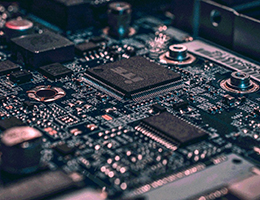Black Pigment (CarbonBlack)
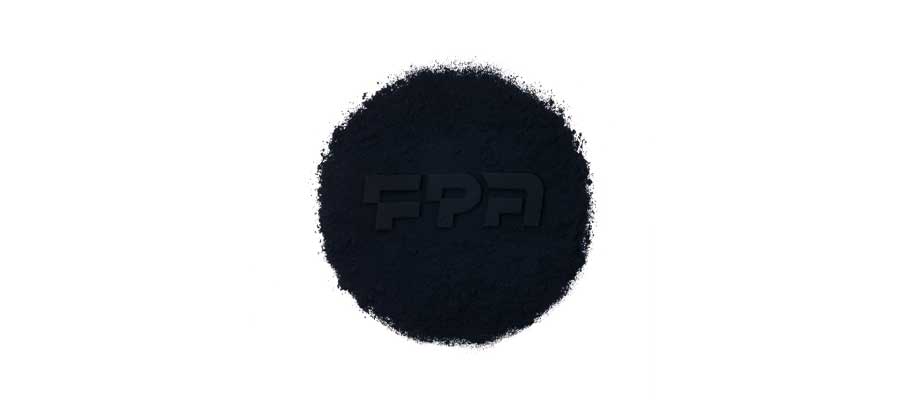
Black Pigment (Carbon Black) is a micronized processed product obtained from soot, an organic composition obtained from defective burning of natural gases. Carbon and hydrogen are its constituent elements and it is used in painting industry as a basic black pigment.This pigment is dissolved in resins. It is one of the main factors of equal distribution of organic particles, average size of particles oil absorption amount.It is applied in paint, P.V.C, Masterbatch, granole, wire and cable, tire and plastic industry and also in artificial leather.Carbon blacks are classified in intensely black submicron size pigments, composed of pure carbon and made by the darkest and most finely separated materials known. Chemically, carbon black composition of hydrocarbons in an open diffusion flame, in a partial combustion chamber, or in a thermal decomposition chamber in absence of air.
Black Pigment (Carbon Black) is a micronized processed product obtained from soot, an organic composition obtained from defective burning of natural gases. Carbon and hydrogen are its constituent elements and it is used in painting industry as a basic black pigment.This pigment is dissolved in resins. It is one of the main factors of equal distribution of organic particles, average size of particles oil absorption amount.It is applied in paint, P.V.C, Masterbatch, granole, wire and cable, tire and plastic industry and also in artificial leather.Carbon blacks are classified in intensely black submicron size pigments, composed of pure carbon and made by the darkest and most finely separated materials known. Chemically, carbon black composition of hydrocarbons in an open diffusion flame, in a partial combustion chamber, or in a thermal decomposition chamber in absence of air.
If you want to know about what is black pigment and its benefits, click here.
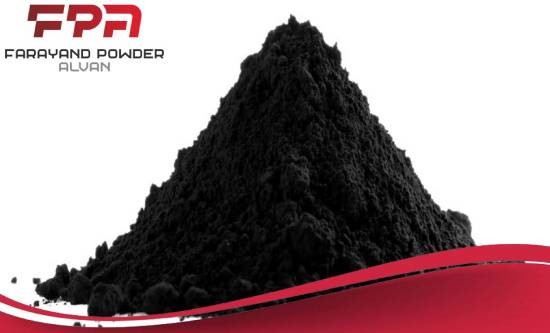
How black pigment is produced?
Black pigment, the substance responsible for creating deep, dark hues, has been a crucial element in human art, industry, and culture for millennia. It's a multifaceted topic, rooted in chemistry, art, and history. This pigment can be produced through a variety of methods, both ancient and modern, each with its unique characteristics and applications.
Feedstock Determination
The primary step in carbon dark generation is selecting the suitable feedstock. Feedstock materials are ordinarily hydrocarbons, which can be sourced from different oil and characteristic gas subordinates. These feedstocks can incorporate overwhelming fragrant oils, coal tar, or normal gas. The choice of feedstock influences the quality and properties of the carbon dark created.
Combustion Handle
The heart of carbon dark generation is the combustion handle. Feedstock is infused into a heater or reactor, where it experiences controlled combustion in a hot, oxygen-depleted environment. This combustion handle comes about within the arrangement of fine carbon particles, which are at that point carried by the combustion gasses to a collection chamber.
Collection of Carbon Particles
As the combustion gasses containing the carbon particles exit the reactor, they are quickly cooled to avoid advanced combustion. This cooling preparation can include utilizing water or another cooling medium. The carbon particles are at that point collected by a filtration framework or electrostatic precipitators, which partition the particles from the gas stream.
Molecule Agglomeration
The collected carbon dark particles are frequently agglomerated into bigger particles, which are simpler to handle and prepare. This agglomeration step includes including water or another fluid in the collected carbon dark, which causes the particles to come together and frame bigger agglomerates. These agglomerates can be advanced handled or utilized straightforwardly in a few applications.
To get information about Farayand powder Alvan, one of the best manufacture of Black pigment, click here.

Washing and Drying
The agglomerated carbon dark is washed to expel pollution and undesirable byproducts. This washing handle ordinarily employments a combination of water and chemicals to isolate the carbon dark from contaminants. After washing, the carbon dark is dried to evacuate an abundance of dampness.
Surface Treatment
To tailor the properties of carbon dark for particular applications, surface treatment is regularly utilized. Surface treatment includes including chemicals or adjusting the surface of the carbon dark particles to upgrade their scattering, compatibility, and execution in different conclusion items.
Classification and Bundling
After handling, carbon dark is classified into distinctive grades based on its physical and chemical properties, such as molecule estimate, surface range, and structure. These grades are carefully bundled to anticipate defilement and to preserve their quality until they are transported to clients.
Quality Control
All through the generation handle, quality control measures are in put to guarantee that the carbon dark meets the required details. This incorporates observing components like molecule measure conveyance, tint quality, and surface zone, as well as guaranteeing that the carbon dark is free from debasements.
Natural Contemplations
Carbon dark generation can generate byproducts and outflows which will have natural suggestions. In this manner, present-day carbon dark offices are planned to play down natural impacts. Methods such as capturing and reusing squandered gasses and utilizing progressed filtration frameworks are utilized to decrease outflows and squander.
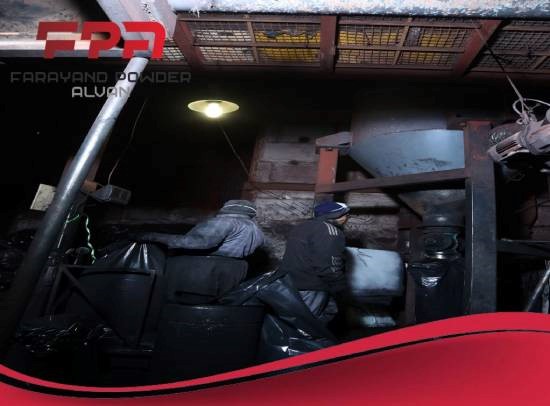
Applications
Carbon dark is a flexible color with a wide run of applications. It is utilized to strengthen elastic in tire fabricating, color plastics, give UV security in coatings, and improve the haziness of inks. The particular properties of the carbon dark, such as molecule measure and structure, are carefully chosen to suit the wants of the conclusion item.
Black pigment manufacture
A reputable Carbon Black producer should possess several key characteristics and meet specific criteria to ensure they deliver high-quality products. When buying the carbon black, following factors must be considered;
-
Quality Product Production
First and foremost, a black pigment producer should consistently manufacture high-quality pigments. This entails adhering to strict quality control standards to guarantee that their products are pure, free from contaminants, and exhibit excellent colorfastness and stability.
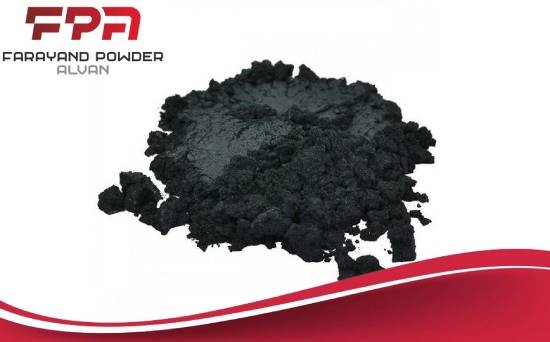
-
Certifications and Compliance
The producer should have the necessary certifications and comply with industry standards and regulations. For pigments, this often includes certifications like ISO 9001 for quality management and ISO 14001 for environmental management, ensuring responsible and sustainable production processes.
-
Consistency and Reliability
A reliable producer delivers consistent quality across multiple batches. Customers should have confidence that the black pigment they receive today will be identical to what they receive in the future, allowing for predictable results in their own manufacturing processes.
What points should we follow to buy Black Pigment (Carbon Black)?
Black pigment, commonly known as carbon black pigment, is a versatile substance widely used in various industries for its exceptional properties. Whether you're in the automotive, plastics, inks, or coatings industry, selecting the right carbon black is crucial for achieving the desired product performance. This guide provides a comprehensive overview and key considerations when buying black pigment from a Black Pigment Manufacturer in Iran.
Application Requirements
Understand the specific application requirements before purchasing carbon black. Different industries demand various grades of carbon black based on factors such as particle size, structure, and surface area. Knowing your application needs will help choose the most suitable pigment for optimal performance.
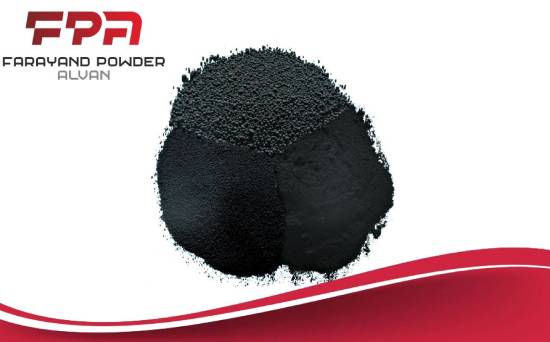
Particle Size and Structure
Carbon black particles vary in size and structure, influencing their properties and applications. Primary particle size and agglomeration state affect dispersion, reinforcement, and tinting strength. Consider these factors about your intended application to ensure the pigment meets your requirements.
Surface Area and Purity
The surface area of carbon black particles plays a crucial role in its performance. A higher surface area often correlates with better-reinforcing properties and increased tinting strength. Additionally, ensure the pigment has a high level of purity, as impurities can affect the end product's quality.
Coloring Strength and UV Resistance
Assess the coloring strength of the black pigment, as this indicates how efficiently it will tint the final product. UV resistance is significant for applications exposed to sunlight, such as outdoor coatings or automotive components. Ensure the carbon black selected provides the required UV protection for longevity.
Regulatory Compliance
Verify that the carbon black complies with relevant black pigment manufacture and regulatory standards. Different regions and industries may have specific requirements regarding the composition and purity of pigments. Ensure the chosen pigment meets all applicable standards to avoid potential legal or quality issues.
Carbon Black Producer Reputation
Research and choose a reliable Black Pigment Supplier with a good reputation for delivering high-quality carbon black. Check for certifications, customer reviews, and the supplier's track record in meeting deadlines. A trustworthy supplier is essential for consistent product quality and reliable delivery.
Cost Considerations
While it's crucial to prioritize quality, cost considerations are also important. Compare prices from different suppliers, keeping in mind the specific grade and quality required for your application. Balance cost-effectiveness with the need for a high-quality pigment to achieve the best value for your investment.

Packaging and Handling
Consider the packaging and handling requirements of the carbon black. Optimal packaging ensures the pigment's stability and prevents contamination during transportation and storage. Adequate handling instructions from the supplier should be followed to maintain the pigment's integrity.
Technical Support
Choose a supplier that offers reliable technical support. Having access to experts who can assist with product selection, troubleshooting, and application-specific advice is invaluable. This support can help optimize the use of carbon black in your processes.
Wholesale Carbon Black
Purchasing Black Iron Oxide Pigment in wholesale quantities offers several advantages for businesses. Firstly, buying in bulk can lead to significant cost savings. Carbon black is a commonly used material in various industries, including rubber manufacturing, plastics, and ink production.
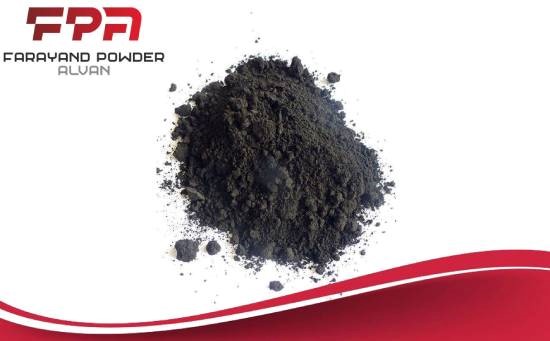
Procuring it in wholesale quantities allows businesses to negotiate better carbon black prices, benefit from economies of scale, and reduce per-unit costs. This cost efficiency can directly impact a company's bottom line, making it a financially prudent choice.
Secondly, buying Wholesale Carbon Black quantities ensures a stable and reliable supply chain. Businesses can avoid interruptions in their production processes and meet customer demands consistently. Having a surplus of carbon black on hand also provides a buffer against supply chain disruptions, such as unforeseen shortages or price fluctuations.
This strategic advantage can enhance a company's competitiveness and overall operational efficiency, making wholesale purchases of carbon black a smart business decision.
Applications
The most popular application of carbon black is in rubber production with two main categories specifically tires and mechanical rubbers such as hoses at automotive belts.
Performance and lifespan of the rubber material is improved by reinforcing properties of carbon black. Its application in rubber is basically divided into and N100 to N900 series blacks where N represents the nitrogen surface area.
Carbon black properties impacts on rubber on the performance of rubber by its higher the tensile strength, smaller particle size and reduced rebound and dispersibility as well as abrasion resistance.
As the porosity picks up, the tear strength and conductivity increase with the consecutive decrease in rebound. As the surface activity increases the abrasion resistance increases along with an increase in the rebound and modulus.

Carbon black is having a much higher tinting strength in comparison with iron black or organic pigments, and is widely used for newspaper inks, printing inks, India inks, and paints.
Carbon black is also used as black pigment for inkjet ink or toners.

Due to its high tinting strength carbon black is thermally stable and suitable for coloring resins and films that are heat-formed.
Carbon black is also excellent for absorbing ultraviolet light, providing both a superb resistance against ultraviolet rays and a coloring effect when just a small amount is mixed with resins.
Carbon black is widely used for general coloring for resins and films. Resins with carbon black are used in wire coverings, automobile bumpers and steel pipe linings which require weather resistance in particular.
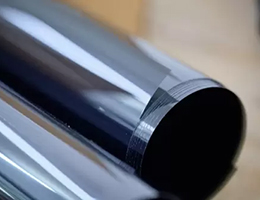
Due to graphite-type crystalline structure of carbon black particles, it provides an excellent electric conductivity. Therefore, carbon black is widely used as elastomer, conductive filler, being mixed in plastics, adhesives, paints, films and pastes.
Fuel caps and fuel-introducing pipes of automobiles, for example, are required of electric conductivity for preventing static. Therefore, carbon black is used as an excellent antistatic agent.

Carbon black also provides stable resistance, and therefore is used as electronic equipment related material in various magnetic recording materials, display components and OA rolls.
Furthermore, Mitsubishi Chemicals has been developing carbon black with various combined functions for special applications.
Other applications of carbon black are refractories, fibers, electronics, metallurgy, batteries, cosmetics, etc.
